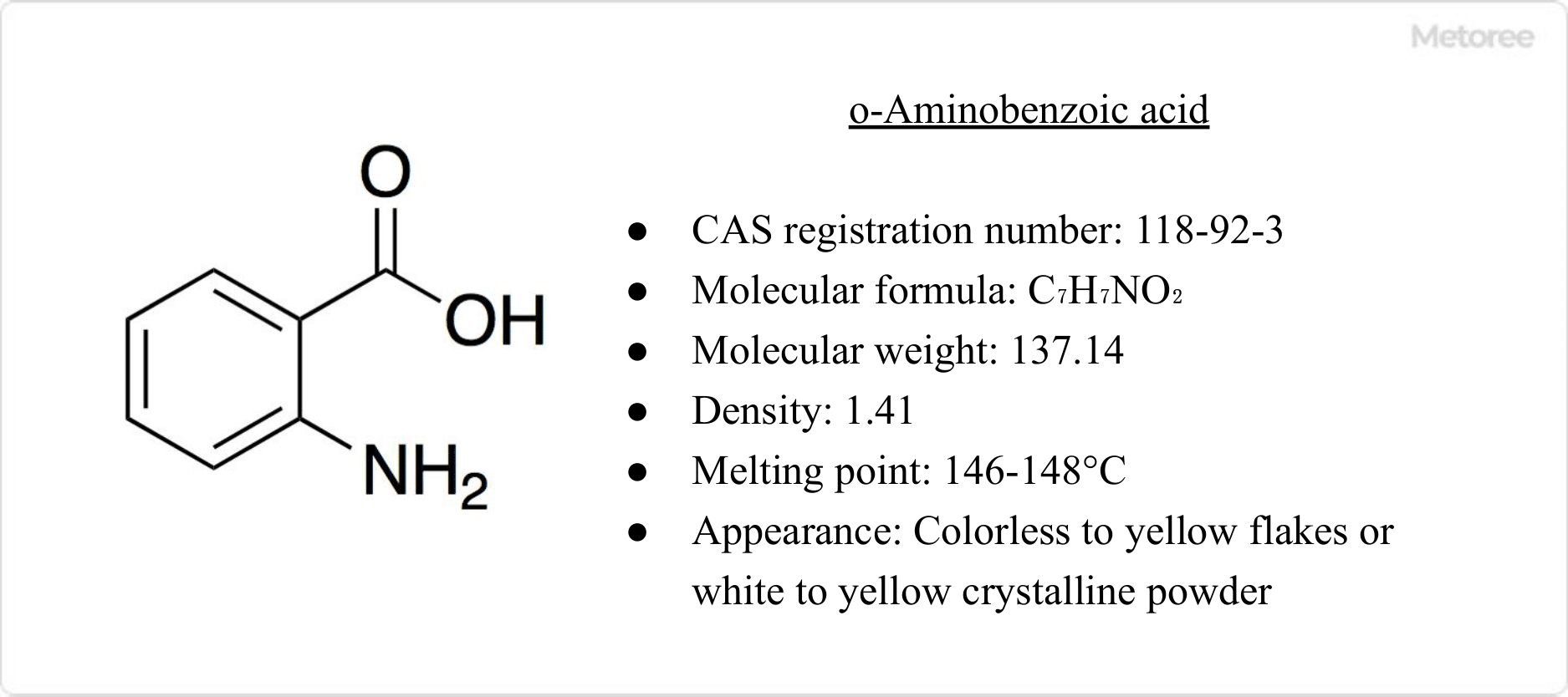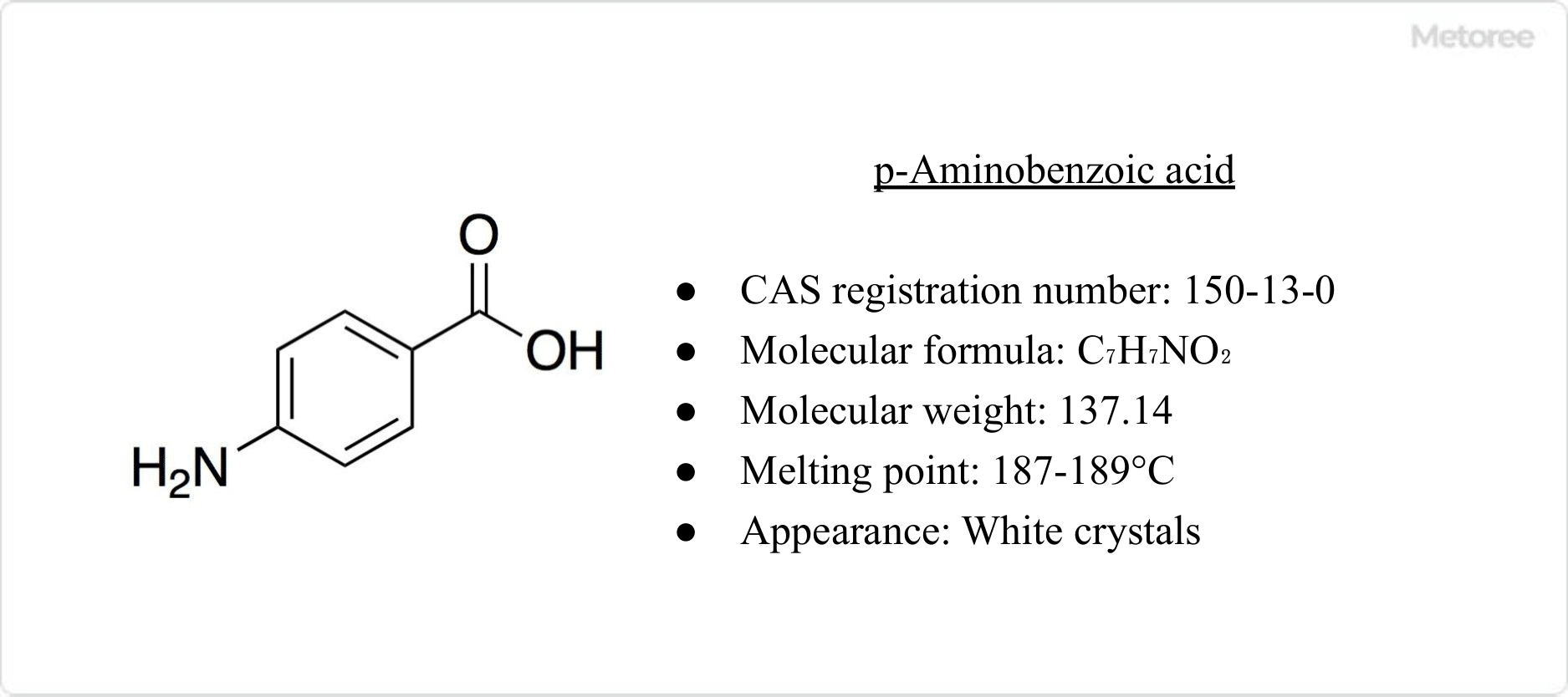Qu’est-ce qu’une cellule de charge ?
Une cellule de charge (anglais : Load cell) est un transducteur de charge, un capteur qui détecte une charge ou une force, la convertit en un signal électrique et l’émet. La sortie correspondant à la charge ou à la force est utilisée pour afficher ou enregistrer la charge, et peut également être utilisée pour le contrôle.
En plus des jauges de contrainte, qui mesurent la déformation d’un objet, il existe d’autres méthodes de détection de la charge ou de la force, notamment les méthodes piézoélectriques, à couche métallique mince, capacitives, à fibre optique, à vibration et magnétostrictives.
La sortie des cellules de charge est un signal analogique ou numérique de tension ou de courant correspondant à la charge. Ils sont utilisés pour afficher et enregistrer les charges sur les instruments de pesage, pour mesurer la capacité de charge, pour mesurer les charges dans les machines d’essai des matériaux et également pour contrôler les installations.
Utilisations des cellules de charge
Les cellules de charge sont utilisées dans les instruments de pesage électroniques, les machines d’essai, les débitmètres, les balances industrielles et divers instruments de mesure. Parmi les produits ménagers, on peut citer les balances, les balances numériques et les sièges de douche.
Dans les applications industrielles, outre les balances, ils sont souvent utilisés dans les machines d’essai de traction, les dispositifs de mesure de la viscoélasticité, les presses et les dispositifs d’enroulement de fils et de films. Ils sont également utilisés pour tester la propulsion des moteurs à réaction, contrôler la tension des cordes d’amarrage des navires, mesurer le couple des moteurs, contrôler les charges des essieux, mesurer la tension des câbles dans les ascenseurs et peser les trémies et les silos.
De plus, les cellules de charge sont également utilisées sur les barres de contrôle de certains avions. Lorsque le pilote exerce une force sur le manche, l’ordinateur détecte l’ampleur de la charge et contrôle l’avion.
Dans l’industrie, les capteurs de pesage sont des appareils indispensables pour mesurer le poids des éléments de production afin d’améliorer la qualité, d’augmenter la productivité et de réduire les coûts, et pour numériser les données afin de les afficher sur des écrans, de prendre de bonnes ou de mauvaises décisions, de les imprimer et de les stocker.
Principe des cellules de charge
Il existe quatre principaux types de cellules de charge, en fonction de la forme de l’élément qui se déforme sous la charge : le type en poutre, le type à colonne, le type en S et le type diaphragme.
1. Le type en poutre
Le type en poutre mesure l’ampleur de la déformation de la poutre lorsqu’une charge est appliquée à l’extrémité d’une poutre en porte-à-faux. Il est utilisé pour les plates-formes de pesée.
2. Le type en colonne
Le type en colonne mesure la déformation dans le sens de la compression d’une surface cylindrique sous la charge d’un élément cylindrique. Il est utilisé pour les applications industrielles telles que les réservoirs et les trémies. Plusieurs cellules de charge sont souvent utilisées, auquel cas la charge doit être appliquée de manière égale à chaque cellule.
3. Le type en S
Dans le type en S, une charge est appliquée aux deux extrémités d’un élément en S et la déformation de l’élément en S est mesurée et convertie en charge. Il est souvent utilisé dans les machines d’essai de traction pour mesurer les forces de traction.
4. Le type diaphragme
Le type diaphragme applique une charge au centre du diaphragme et mesure l’ampleur de la déformation du diaphragme. Il est utilisé pour les capteurs de force en général.
En changeant la taille et le matériau de la cellule utilisée, l’échelle de la charge à mesurer peut être augmentée ou diminuée. Il est ainsi possible de mesurer des charges dans une large gamme, allant de quelques grammes à des forces énormes de l’ordre de la tonne. Pour la mesure de charges infimes, des cellules de charge de haute précision, capables de mesurer de l’ordre du mN, ont été développées et sont utilisées, par exemple, dans la recherche et le développement de muscles artificiels.
Les méthodes de détection de l’ampleur de la déformation des composants qui se déforment sous l’effet d’une charge comprennent les jauges de contrainte, les méthodes piézoélectriques, les méthodes à couches métalliques minces, les méthodes capacitives, les méthodes à fibres optiques, les méthodes vibratoires et les méthodes magnétostrictives.
Une jauge de contrainte est attachée à un corps élastique appelé générateur de contrainte, qui se dilate ou se contracte sous l’effet d’une déformation minime, modifiant sa section transversale et la résistance de la jauge. Cette variation est proportionnelle à la charge, de sorte que la charge appliquée à la jauge de contrainte est calculée à partir de la variation de la résistance.
Autres informations sur les cellules de charge
1. Unités des cellules de charge
Les cellules de charge affichent la valeur mesurée dans l’unité SI de “force”, “N” newtons. Selon la capacité de la cellule de charge, on peut également utiliser “mN” ou “kN”.
Le “N” Newton est la valeur obtenue en multipliant la masse par l’accélération de la pesanteur. Si l’on connaît l’accélération de la pesanteur à l’endroit de la mesure, la masse (kg) peut être mesurée à l’aide d’une cellule de charge.
2. Précision de la cellule de charge
Il est courant de ne pas mentionner la “précision” dans les spécifications des cellules de charge. La précision d’une cellule de charge seule est jugée globalement à partir de la linéarité, de l’hystérésis, de la répétabilité et des effets de la température décrits dans les spécifications.
Lorsqu’une tension prédéterminée est appliquée à une cellule de charge, celle-ci délivre une tension proportionnelle à la charge, mais cette tension est infime, tout au plus 20 mV. Cette petite tension est ensuite divisée en parties par million et mesurée, de sorte que l’équipement de mesure utilisé doit être extrêmement stable et précis.
La précision des appareils de mesure basés sur des cellules de charge doit être jugée de manière globale, en incluant les erreurs causées par les cellules de charge et les indicateurs individuels, les conditions de température, les conditions de montage et les vibrations. Pour ce faire, la précision de la cellule de charge, qui est la partie sensible, et la précision de l’indicateur sont déterminées respectivement, et la précision globale est calculée par la racine carrée de la somme de leurs carrés.


